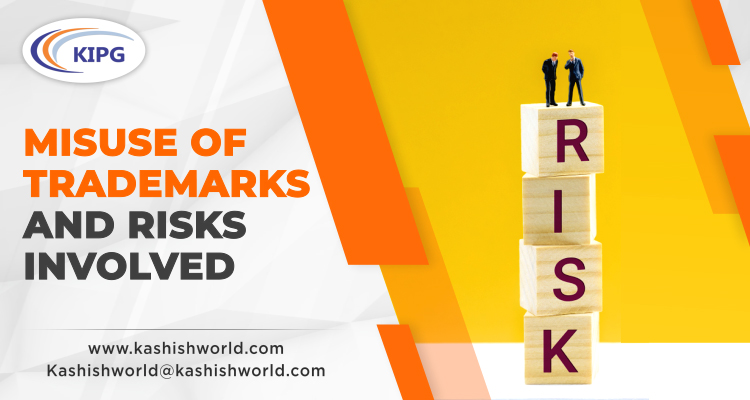
In today’s global innovation economy, misuse of trademarks, unauthorized copying of products, or packaging designs are the crucial challenges faced by trademark owners. The reason behind trademark violation involves the presence of product counterfeits or knockoffs in the supply chain. Such counterfeit products pose a serious threat to quality and security, thereby leading to consumer safety concerns and financial risks in the business involved. However, with proper and efficient management of Intellectual Property in the supply chain, such risks can be reduced to a great extent.
HOW ARE TRADEMARKS MISUSED?
Trademark infringement is the legal core issue underlying product and component counterfeits. Nowadays, counterfeits appear in various industries and sectors. Most people think of counterfeit products as luxury fashion brand items, but the issue is far more extensive. Spare parts for automobile, military, and security equipment, airplanes, and other modern industrial products, might be set apart as originating from a specific renowned brand’s producer, but, in fact, be of low quality or a defective item fabricated by someone else.
Counterfeit drugs, fake medications, and medicinal items, liquor, food, and several other consumer products and ingredients, may not contain the correct formula, or without a doubt, may contain harmful or poisonous material, passed off as the genuine article under another person’s trusted trademark. In the guise of genuine trademarked items, electronic items have also entered the supply chain of counterfeit components. These may be wrongly stamped as second-hand items, inadequate or substandard knockoffs, or even traded off things that can open a user’s computer system leading to security breaches, and data theft.
Apart from the manufacturing of products and components, trademark misuse also occurs in advertising and marketing activities. Such exercises unjustifiably associate a product with another person’s trademarked brand name.
COMMON PROBLEMS WITH TRADEMARK RIGHTS COMPLIANCE
1- Counterfeit products passed off as genuine articles in the consumer market:
This occurs when an unreasonably low-priced product is purchased without knowing its source or origin, or when the supply chain itself fails to detect such counterfeit products.
2- Violating another person’s trademark in products or services:
Trademark violation can also occur in advertising services, and other activities related to your own or someone else’s brand or business entity. Using and infringing another’s person’s brand entity or trademark can also bring liability.
3- Knockoff products:
As it is widely said that imitation isn’t always the sincerest form of flattery, copying someone else’s brand name, logo or symbol, violates that person’s Trademark Rights.
RISKS INVOLVED
1- Defective products posing a threat to the safety of customers:
Poor-quality and defective counterfeit products like poisonous food and beverages, ineffective drugs, exploding electronics or security equipment, to name a few, can seriously pose a threat to human life, and may occasionally result in deaths.
2- Legal and financial risks due to disruption in the business or supply chain:
Counterfeits leading to product failure or disruption in the supply chain can sometimes provoke claims for replacement or monetary damages. Such legal claims and damages can have an adverse financial impact, sometimes resulting in the downfall of the business.
3- Damage to the brand’s reputation and sales:
When counterfeits slip through the supply chain, the trademark owner’s brand value is negatively affected, and also the supplier and business partners involved in the issue can find their own business entity’s market value and reputation getting tainted.
REMEDIES AND ACTIONS
1- Proper risk assessment in the supplier selection:
Adequate risk assessment involves taking into consideration a wide range of relevant and essential factors like the country, the type of the product, public information and open data, historical information, and the presence of adequate management systems.
2- Efficient managing and monitoring of the supply chain:
Proper management of the supply chain includes checking the products and their security regularly, along with providing feedback and reviews on customer complaints and returns and monitoring the market.
3- Implementing clear and concise policies and procedures:
Proficient implementation of trademark use procedures and guidelines, and contractual provisions covering licenses should be laid down to prohibit the procurement and unauthorized use of counterfeits.

